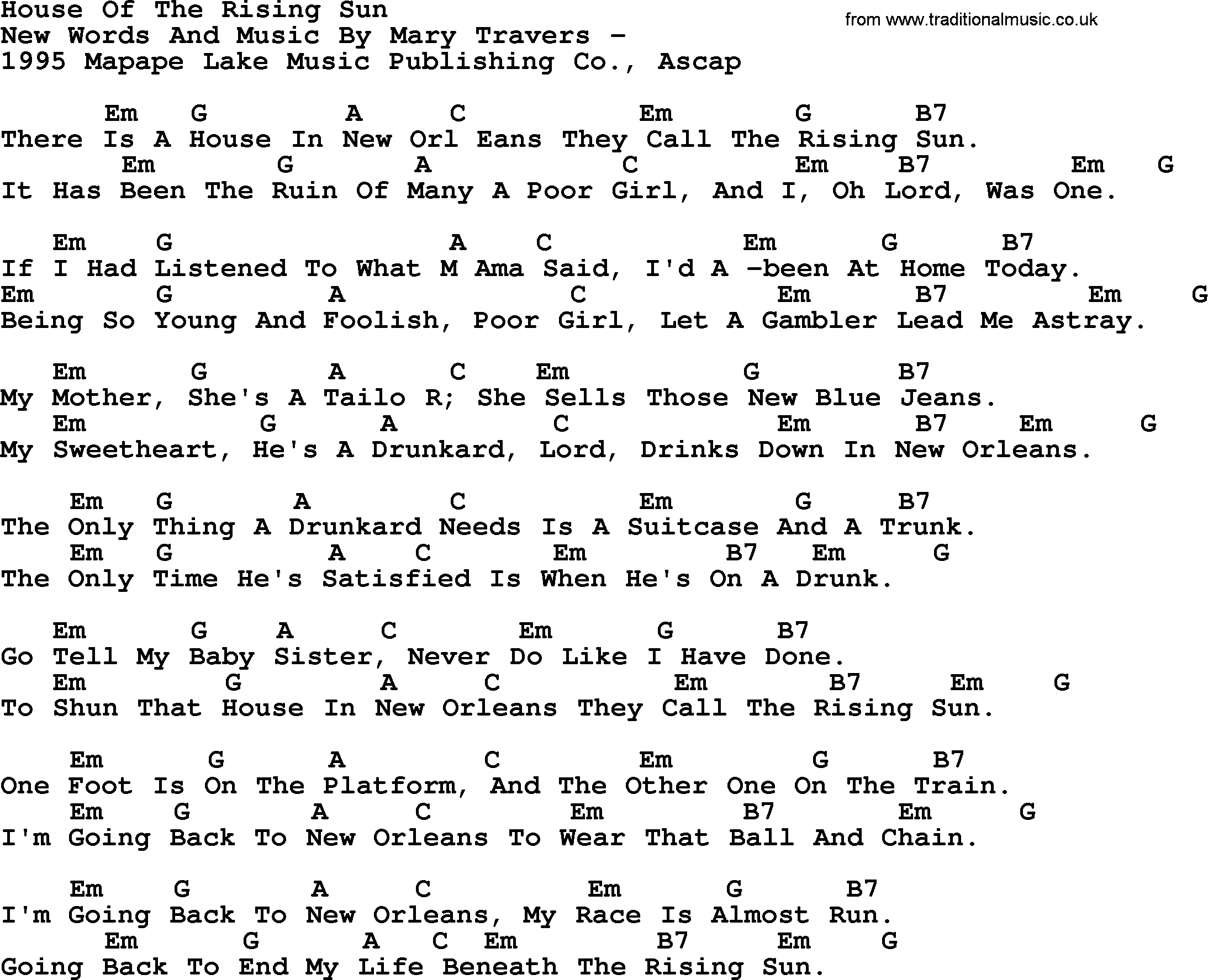Table Of Content

Let’s remember that just because you can do something doesn’t always mean that you should. For some travelers, trying to cruise without a passport just isn’t worth it. Erica Silverstein is a cruise and family travel expert, who has been covering the industry for more than 15 years. Her articles have appeared on Cruise Critic, Porthole, TravelAge West, and USA Today.
Do you always need a passport card or passport booklet to cruise?
You’ll need to show it only when you check-in before you get on the ship and when you disembark at the end of your trip. With automated screening, you scan your passport, take a quick photo, and you’re on your way. Instead of waiting in a long line, the processing takes seconds. However, those with a birth certificate still have to wait in line and have their documents manually checked.
Search

Regardless, we always recommend traveling with a U.S. passport book, in case there are any inconveniences during your trip. If you take a closed-loop cruise to Bermuda, you can leave your passport at home and travel instead with a state-issued ID and an original birth certificate. If you are cruising to Mexico on a closed-loop cruise, (a journey that starts and ends at the same U.S. port), you can enter without a passport and show a state-issued ID and an original birth certificate instead. A valid U.S. passport book is mandatory even if you’re flying to or from Canada, Mexico, Bermuda, and the Caribbean from the United States.
LEAVE A REPLY Cancel reply
American citizens do not need a passport to go on a closed loop cruise. They can leave and re-enter their own country without a passport. However, it is important to know that another proof of citizenship will be required instead. Yes, you can take a cruise out of the country without a passport if it’s a closed-loop cruise, a specific type of itinerary that major cruise lines offer, which begins and concludes at the same U.S. port.
Day Alaska From Seward to Vancouver: Hubbard Glacier & Skagway
Mainstream cruise lines operate numerous cruises along the U.S. and Canadian coasts that don't require passports. These depart from the ports of Bayonne, Baltimore, Boston, Manhattan, Brooklyn and occasionally Norfolk. The majority of these New England and Canada cruises are weeklong fall sailings; however, a handful depart at other times of the year or are a touch longer, ranging from eight to 10 nights. These kinds of one-way cruises require all passengers to have a valid passport. So, for example, you can board a cruise ship in Miami, Florida, stop at least one foreign port in places like Mexico, the Bahamas or the Caribbean, and return to the port of Miami afterwards. As a U.S. citizen, you will not need a valid passport to leave and re-enter the United States this way.
How the Passport Expiration Rules for Mexico Work - NerdWallet
How the Passport Expiration Rules for Mexico Work.
Posted: Mon, 12 Jun 2023 07:00:00 GMT [source]
Hotels With Cruise Shuttles For Every Major Port in America
It does not reflect those of the destinations on the closed loop cruise. Even though closed loop cruises can’t take you wherever you want to go, the destination choices may be more diverse than you’d expect. From the beaches of the Bahamas to the wilderness of Alaska, these are the greatest place you can visit on a closed loop cruise without a passport. If you are cruising to a destination not located within Canada, Mexico, the Caribbean, or Bermuda, you need to bring a U.S. passport book; a passport card will not be allowed as a valid travel document.
When most travelers think of cruises in sunny, sandy locales, they think of the Caribbean or South Pacific. However, Hawaii is right there, and since it’s a U.S. state, there’s no worry about passports. Otherwise, on closed-loop itineraries that travel to Canada, you only need to present a government ID and birth certificate (or a passport card). If you’re traveling internationally, a passport might not be the only document you need. Certain destinations, such as China and Russia, may require visas for arrival into the country by air or independent exploration ashore.
Why Many Cruise Passengers Want to Sail Without a Passport
One major advantage of traveling on a cruise is that international customs are mostly handled for you. Before boarding, you’ll provide your passport number and other applicable information to the cruise line, which then provides this information to customs authorities in the international ports of call you’ll visit. Once this is arranged, you’ll simply get off the ship and enjoy your destination without having to go through customs each time. However, you should always double check what the passport protocol is for the cruise ports you’re visiting. Children under 19 can use these same documents only if they are traveling with a school, church group, or other organization with adult supervision. If you are cruising to the Caribbean, you will need to enter with either your U.S. passport book, passport card, Trusted Traveler card (Nexus, SENTRI, or FAST), or an enhanced driver’s license.
Card Type
Also, while carrying a passport isn’t always necessary, it can offer several benefits, including smoother entry processes, flexibility in case of an emergency, and peace of mind during your travels. U.S. citizens younger than 16 may use an original, notarized or certified copy of their birth certificate to go on a closed loop cruise. You’ll also want to double check when your passport expires, as many countries require a passport to be valid for six months after the date of your planned departure. If you’re on a cruise, this means making sure your passport is still valid for another six months following the last day of the cruise. You will always need a passport book if you are starting and ending your cruise in different ports. Even if your cruise starts and ends in U.S. cities, you will still be required to have a valid U.S. passport book in order to board.
An abundance of cashPacking an abundance of cash in your checked baggage is ill-advised for several reasons, particularly concerning security and potential legal complications. While no specific TSA regulations limit the amount of cash you can carry domestically, travelers entering the U.S. must declare amounts exceeding $10,000 to customs officials. However, regardless of the amount, carrying a significant sum of cash can attract attention from TSA agents, who have the authority to question you about the source and purpose of the money. U.S. citizens under the age of 16 are only required to present proof of citizenship. If your cruise itinerary involves any of the above destinations, you will be asked to show your passport before leaving the United States. The most popular way to keep your passport safe while on a cruise is to store it inside a money belt or passport necklace.
Imagine needing to fly home unexpectedly from a foreign port because of an emergency, or getting the chance for an impromptu jaunt to a fascinating nearby country. While your cruise must start and end in the U.S., some Alaskan cruises make pit stops in dreamy British Columbian spots like Victoria, renowned for its lush Butchart Gardens. However, it’s essential to carry specific documents, like your birth certificate and government ID, for these little side adventures. No-passport cruises are particularly beneficial for domestic travelers keen on exploring the U.S.’s scenic beauty, from the majestic glaciers of Alaska to the vibrant cultures of the Caribbean.


No comments:
Post a Comment